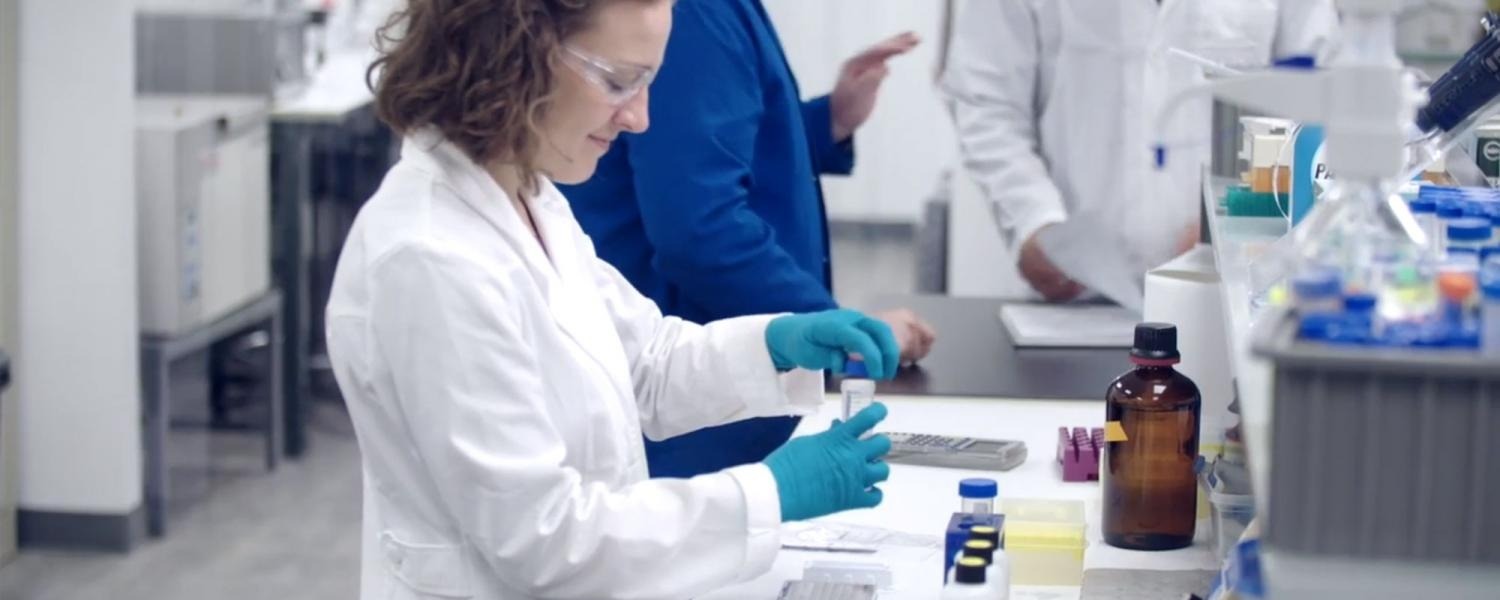Choosing the appropriate amount of complexity to answer your biological question is critical when designing a disease model. The problem is, the switch from 2D to 3D cell culture models introduces many additional culture variables that can have large effects on how the model behaves, leading to some tough choices. Should you use primary cells, or will a cell line be sufficient? Is a monoculture enough or would a co-culture be needed to replicate in vivo biology? What about adding extra cellular scaffolds? The list goes on.
Each new addition is a balance between complexity of the cell culture model and the applicability of the resulting data. As total complexity increases, ideally so does the clinical applicability of the data, but that isn’t necessarily a given. Furthermore, as complexity increases, cost likely goes up as throughput goes down.
An example of this in action is our suite of T-Cell assays for use in immune-oncology discovery programs. Using these assays, we are able to quantitatively assess the effect a test compound has on the ability of T-Cells to impact target cells. These assays provide end-points such as depth of T-Cell penetration, number of T-Cells that infiltrated a spheroid, apoptosis and cancer cell viability. For some Clients, speed and cost are the most motivating factors in designing an assay which leads to cocultures of immune cells and cancer without any complicating geometry. Culture times are rapid with these models and analysis can be completed quickly.
Moving one step up in complexity, some Clients are more interested in how the immune cells are able to invade into a spheroid. This setup requires longer time in culture but provides a greater density of data to analyze and gives additional metrics like depth of immune cell infiltration. The highest degree of complexity in this context is the addition of stroma to the spheroid, including cells (e.g. fibroblasts) or extracellular matrix (e.g. collagen), which adds an additional obstacle to the invading cells. However, generating models with this additional complexity extends the duration of the assay and the time required for validation as well as the overall cost of the assay.
We find that no model is inherently right or wrong and there is no one-size-fits-all solution as it all depends on the question you are trying to answer and your specific requirements. If you would like some advice on how to model your disease, please reach out to a Visikol scientist today.

